Stinging Nettle is a perennial herb growing nearly worldwide. There are 5 subspecies of which 4 have stinging hairs. It occurs in moist sites along streams, meadow, and ditches, on mountain slopes, in woodland clearings, and in disturbed areas. Stinging nettle generally grows on deep, rich, moist soil and doesn’t do well in areas of drought. Description from North Carolina Extension Gardener Plant Toolbox
Home > Plant Guide >
Scientific Name
Family
Garden Type
Wildlife
Native Plant Region
Light needs
Water Needs
Plant Type
Bloom Color(s)
Height
Width
Months in Bloom
Safe Beneath Power Lines?
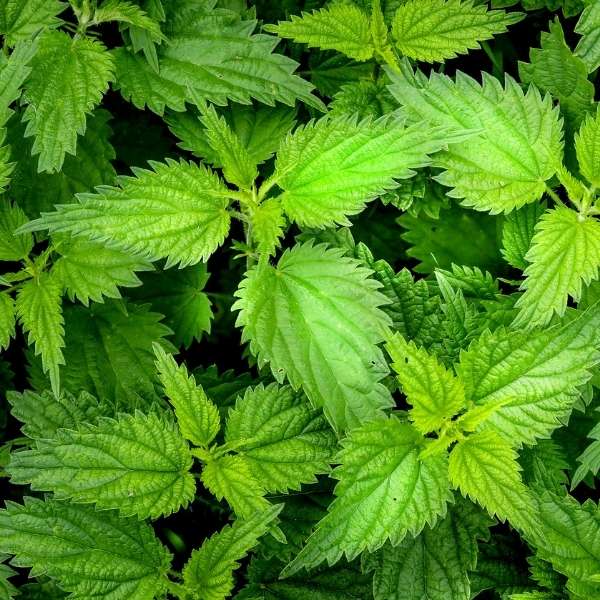
We’d like to maintain accurate and robust plant listings. If you see information that is not correct or that could be added to improve the listing, please let us know. Or if you’d like to suggest a plant to add to our plant guide, you can use this form do so. Thank you!
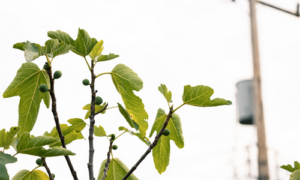
Learn about the diversity in pigeon populations in the United States and the implications of this variability on the species.
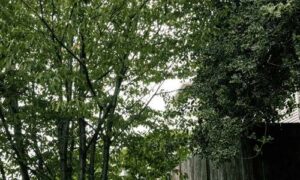
The plants, animals, fungi, microbes, and other natural features that make up “urban habitat” are important to the character, function, and livability of cities.
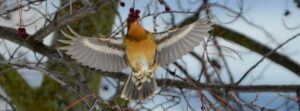
Take a virtual trip across Capitol Hill to learn about urban habitat types, how to identify the unique birds they support, and what we can do to make the neighborhood a safer place for them to live.
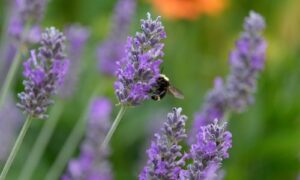
Check out our list of local wildlife-supporting plant stores and nurseries, organizations, and community science opportunities.
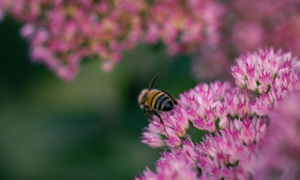
This workshop will guide you through the process and materials needed to help you decide if Mason Bees are right for you and your garden, whether you have a small deck or an open garden.

Protecting the trees and other vegetation that what we currently have is perhaps the most important way to ensure biodiversity in cities.
Nature of Your Neighborhood is a collaboration between Birds Connect Seattle, the Capitol Hill EcoDistrict, and the Seattle Bird Conservation Partnership. Our goal is to foster relationships between the people and the nature of their neighborhoods.